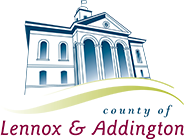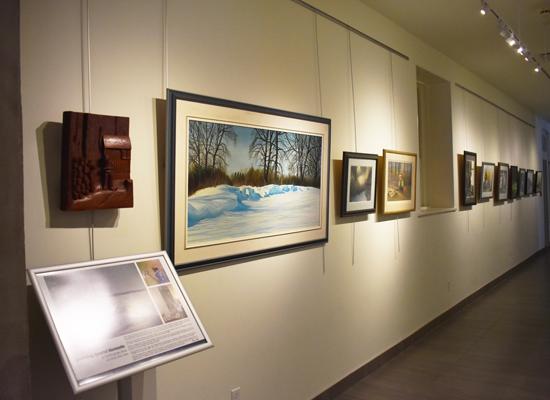
Exhibits That Connect
Confessions of Curator
Museums strive to emotionally connect with their visitors, become a cultural hub, and help to define community values, but within this, be a source of education and entertainment, a new word was dubbed from this thought “edu-tainment”.
“The nation’s museums face a tall and challenging order, increasingly called upon to be civic anchor, community gathering place, and stewards of our most prized artistic and cultural heritage. Museums are visited by millions of people each year — more than those that attend all major sporting events and theme parks combined.” (National Endowment of the Arts)
What a challenge! So what is a curator to do?
My first thought – I cannot do this alone. I need to talk to my peers and I need guidance from my community. I need to engage and have conversations with them. If we are truly a community gathering place- the “stuff” within the museum walls has to be about that- the moments that have captured a piece of our history, given us a sense of place, and has led us to change for better or worse. In today’s museum, the moments captured are not always about our long dead residents, much of our story telling is about the living. That can be a challenge in itself, because you have to get it right 100% of the time.
How do you choose the stories to tell? Well you need to review your collection and talk to your people to discover the stories that need telling. Planning is key! Long term plans help you navigate the waters of exhibit development including- design, resource outreach -artists, collectors, museum objects, archival materials, and most of all time to piece the puzzle together.
You establish how many exhibits in the museum need to remain more or less permanent. What does permanent mean? I look at these as the nuts and bolts of the museum exhibitions- they explain who we are, where we came from, and what was developed- they are critical to the museum mandate. Secondary exhibits permits me to explore a little differently. These stories are not here for long, they are displayed and enjoyed for a short period of time - they can be fun and whimsical or they can be haunted and poignant. Whatever the stream, the story should build on that sense of place, who we are, where we came from, and perhaps where we are going.
Believe it or not - this is the thought behind every single exhibit- no matter how small, no matter how big.
The New Year usually welcomes a flurry of change. Exhibits need to be rotated and new deadlines met. The development of the long-term exhibition plan helps every curator in this crunch period. As an example – in 2019, I will be circulating nine new exhibits through the museum. I engage with my co-workers, private collectors, local artists, savvy techies, and creative carpenters for this to happen.
Over the past month, I have been removing exhibits in preparation for two new exhibits launching in February. Saying goodbye to temporary shows can be difficult. As the curator, you partner with many people to make the exhibit happen. I have compared my exhibit development with giving birth. You plan, and plan, and plan for months, the show is installed and you reach the sense of joy to see it finally unveiled. To see it come down is rather anti-climactic. But alas- change is good!

Saying goodbye to our 1920's display. Removing objects from the cases, sorting, and preparing the objects for re-packing for storage. It can be sad to see them go, but their story will come out again another time.
Our two new exhibits have me partnered with the community in different ways. In February, artist Shirley Miller will open her show “Revisiting Special Moments”. Shirley is an artist who has spent the last 50 years on Amherst Island- becoming part of its community and landscape. Over the past few months, we met and reviewed the work, we agreed that the show would be a retrospective. As the installation date draws nearer, Shirley is more reflective and a window has opened and I understand the art just a little bit more. She captures people, places, and moments filled with happiness, adventure, and awe. This show demonstrates her life journey with art, and you are invited to enjoy these memories with her. The official opening is February 19th, which is also Heritage Week, a nice coincidence. The exhibit will run until the first weekend in April.
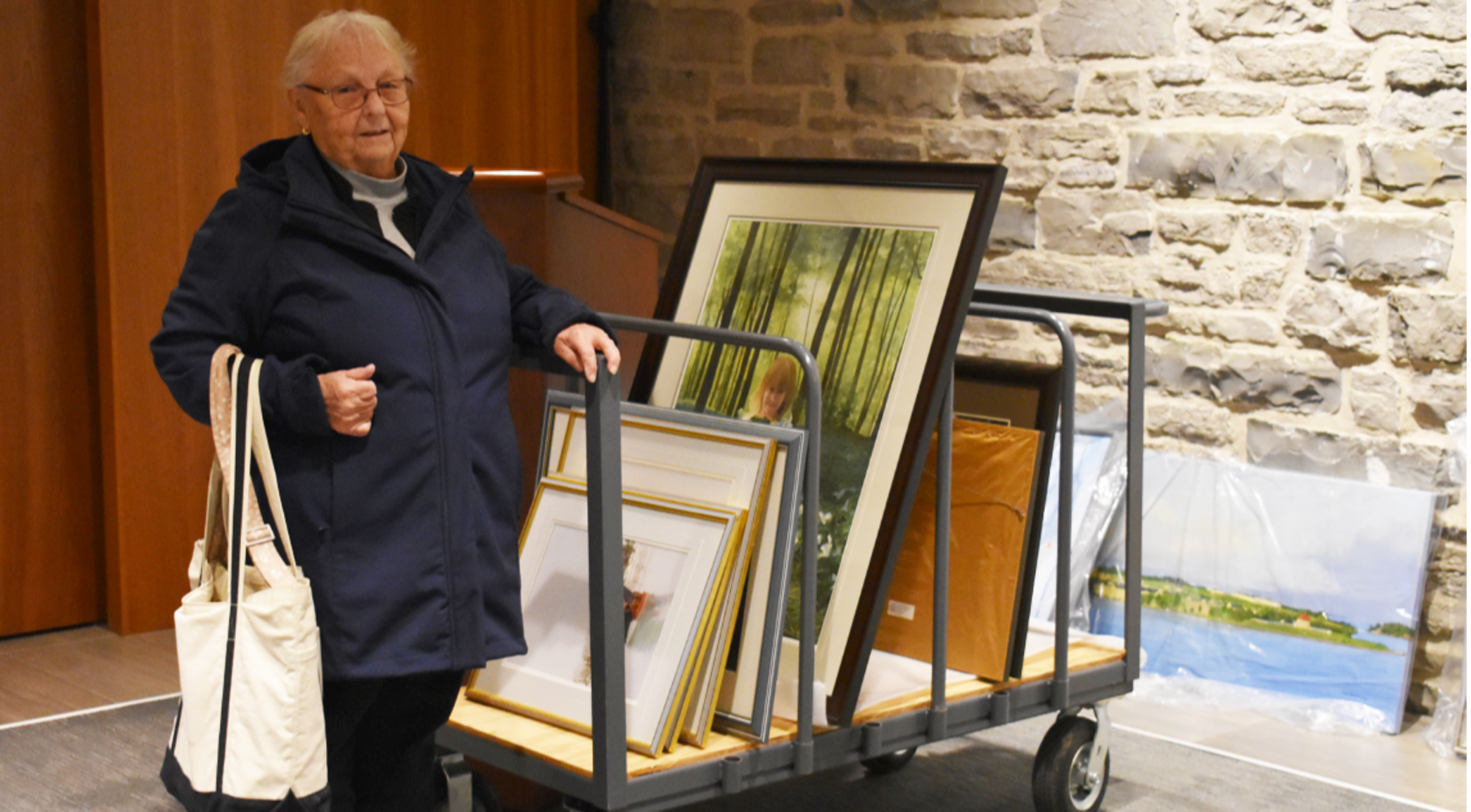
Shirley Miller is ready to get going with the install. It is with excitement she reconnects to some of these paintings.
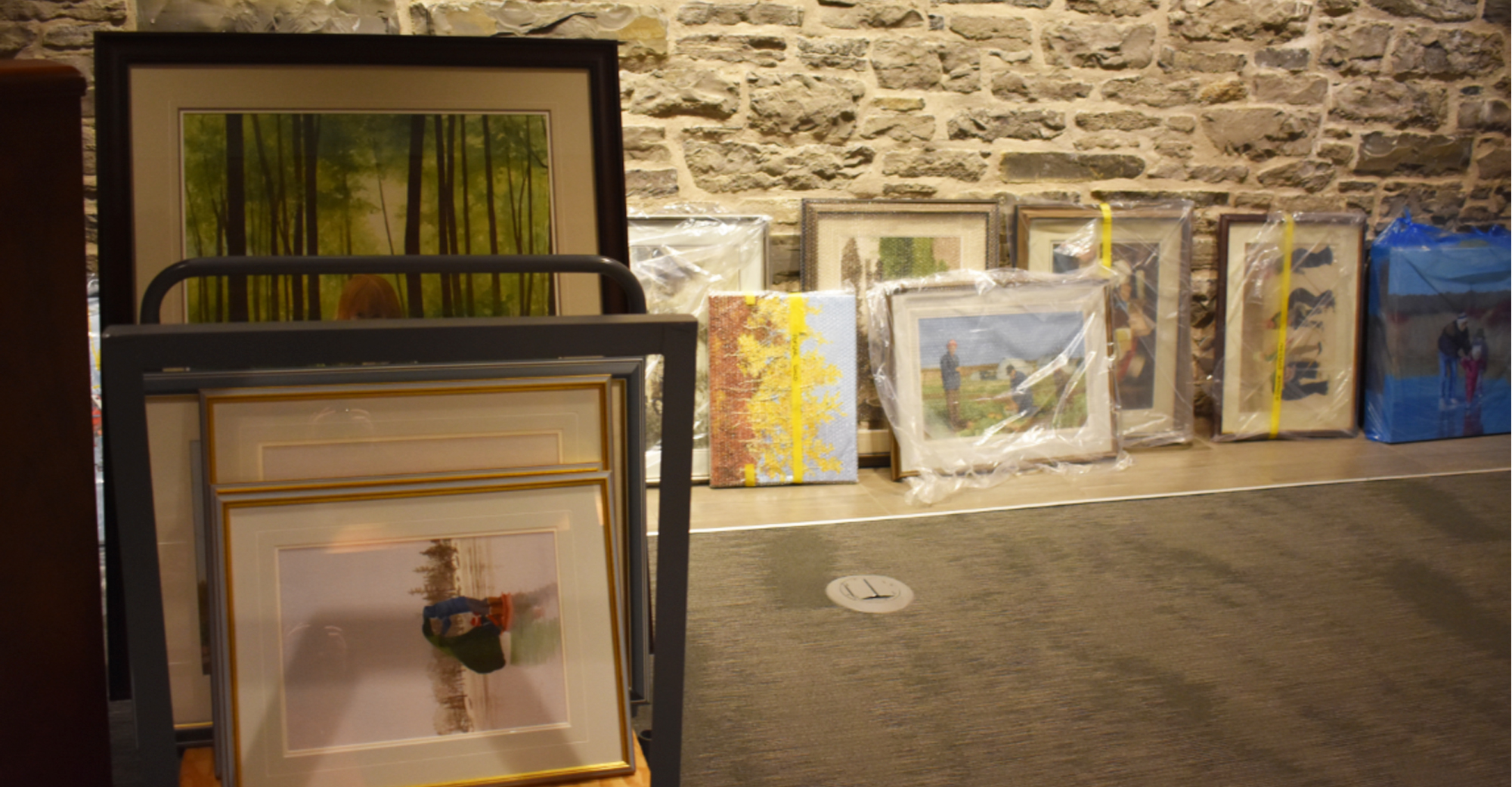
Shirley's art arrives. Time to sort and prep for hanging.

The next exhibit launching in February highlights the work of 300 students from area schools. The launch of a new exhibit “Museum @ Play” depicts a series of ideas and moments where the museum demonstrated a sense of fun and wonder. The first in the series is titled “Snow Expressions”, students were invited to the museum to learn about snow and its uses in our Canadian climate. Along with this came the tradition of the snowman. Snow, if you think about it, is an amazing artistic medium and it is FREE.
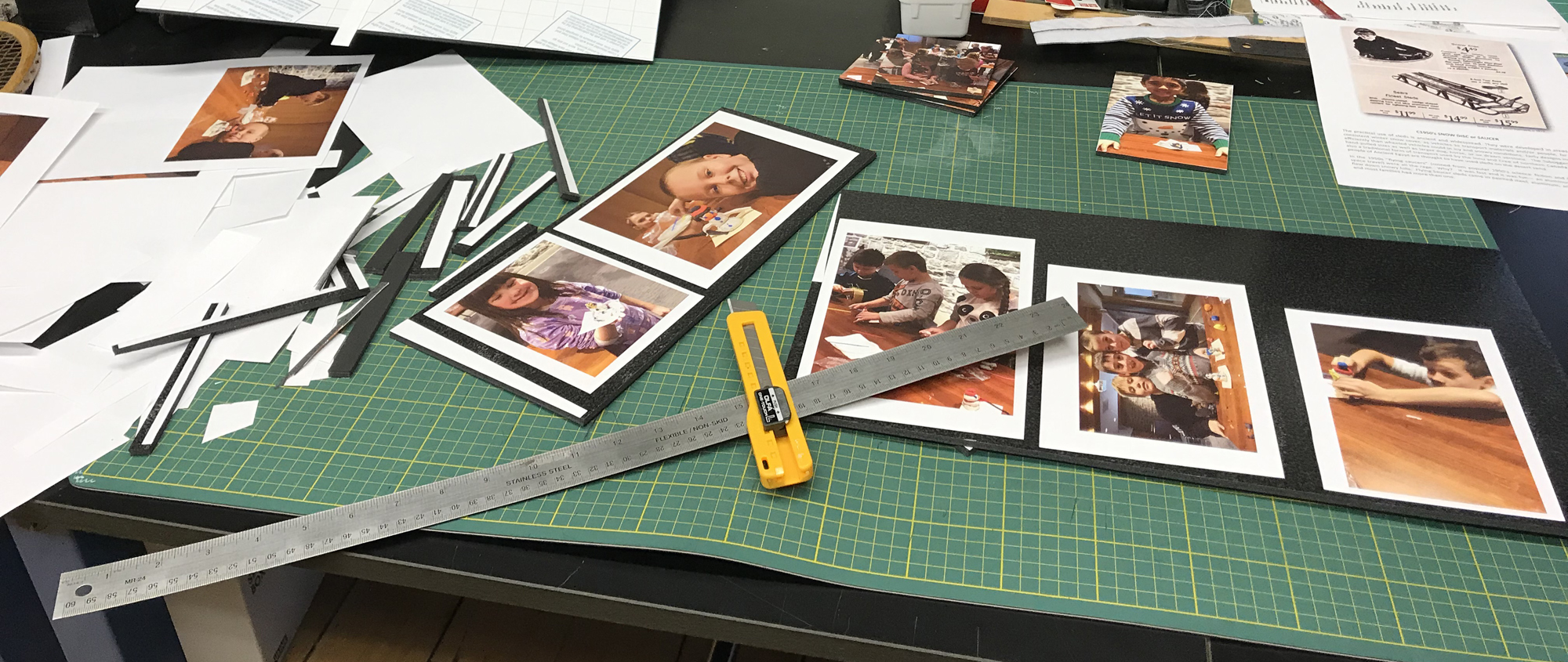
Preparing the text and photos of the students who contributed to "Snow Expressions".
We asked the students to create clay snow people in their likeness and the result is stunning. These little snow people are so charming- you will find yourself staring at them and tuning into the personalities that sculpted them. The sculptures will be on display for the month of February and then returned to their creators. This exhibit demonstrates that museums are relevant, fun, educational, and provide community value. “Museum @ Play” will cycle through four series throughout the year- themes include – LEGO, Model Boats, and Christmas.
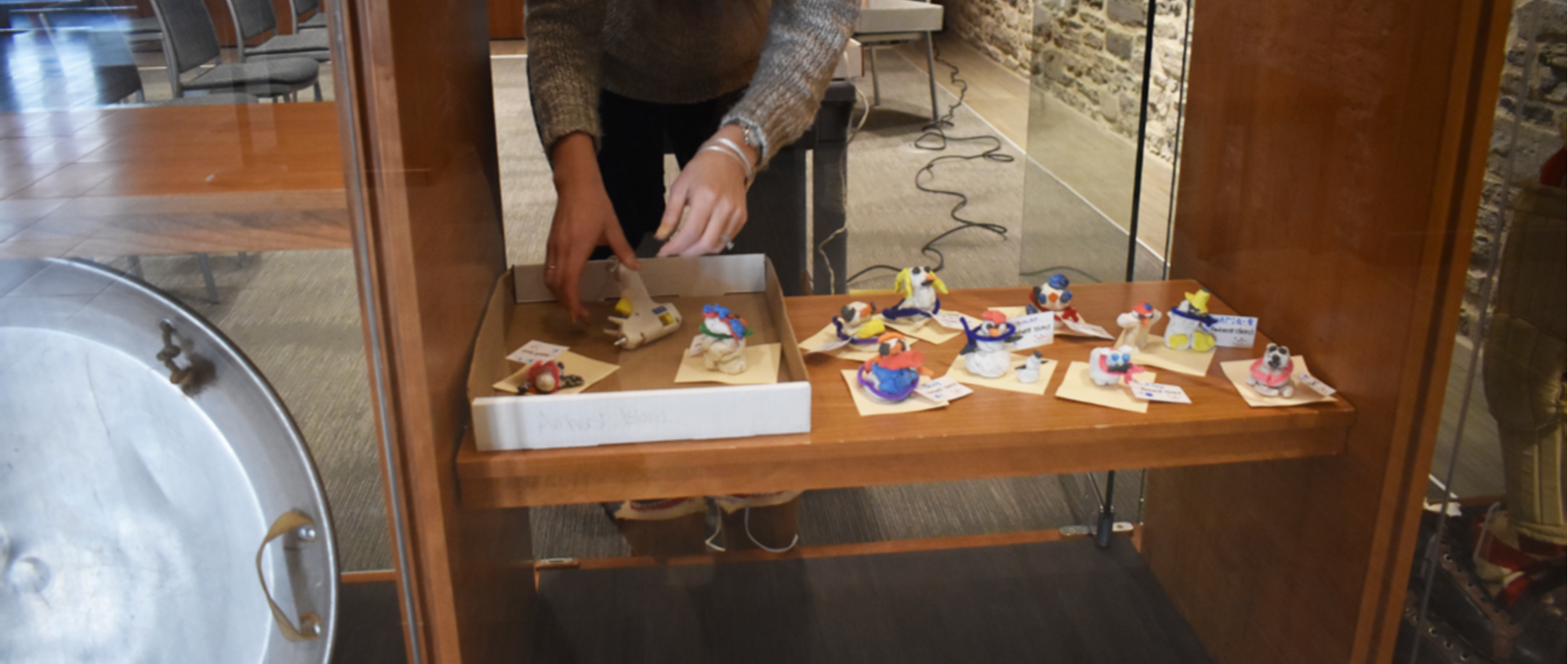
Trying to decide placement for the snow people - it has to be just perfect!
While each new exhibit is different in design and story, they all allow for community engagement. The museum space becomes theirs and the stories they tell become part of the community mosaic. In the end, that is what today’s museum really is- a communal space for story-telling, gathering, activity, and engagement that ultimately gets locked into the memory of the museum and preserved for the future, just like the objects it holds so dear.
